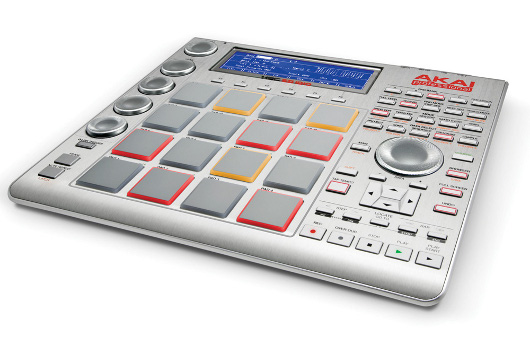

MUSI 10C MUSIC THEORY AND MUSICIANSHIP III This course also applies and develops the rhythmic, melodic, and harmonic materials of Music Theory and Musicianship I through ear training, sight singing, analysis, and dictation. In addition, through guided composition and analysis, the course will include: an introduction to two-part counterpoint voice-leading involving four-part chorale writing diatonic harmony and an introduction to secondary/applied chords and modulation. This course incorporates the concepts from Music Theory and Musicianship I. MUSI 10B MUSIC THEORY AND MUSICIANSHIP II This course also applies and develops the rhythmic, melodic, and harmonic materials through ear training, sight singing, analysis, and dictation. Development of skills in handwritten notation is expected. This course, through guided composition and analysis, incorporates the following concepts: rhythm and meter basic properties of sound intervals diatonic scales and triads diatonic chords, basic cadential formulas and phrase structure dominant seventh figured bass symbols and non-harmonic tones. This course assists the student through guided listening/viewing to facilitate understanding the contemporary Broadway musical with emphasis on the non-American composers. Advisories: Eligibility for ENGL 111 and 112 or ENSL 110 and 155.This course covers the development of American jazz with emphasis on musical elements, major innovators, stylistic changes, and the criteria to rate a good performance. Advisories: Eligibility for ENGL 111 or ENSL 110.Guided listening in understanding the history and development of the American musical stage.

Credit: CSU, Area C1 IGETC, Area 3A MPC, Area C Topics studied include but are not limited to elements of music, basic musical forms, music periods, styles, and the role of music and musicians in the western world.


 0 kommentar(er)
0 kommentar(er)
